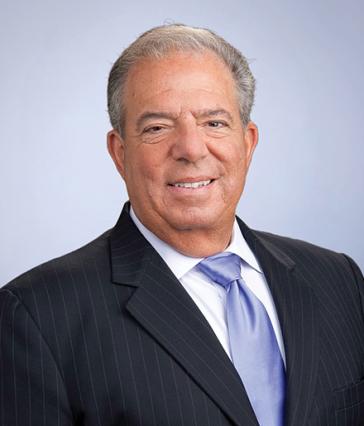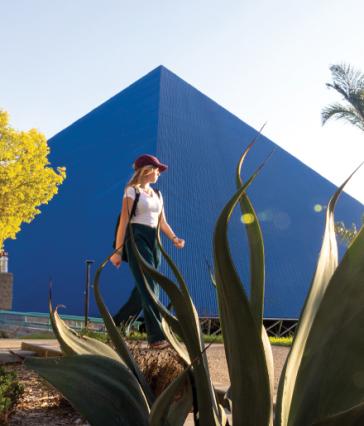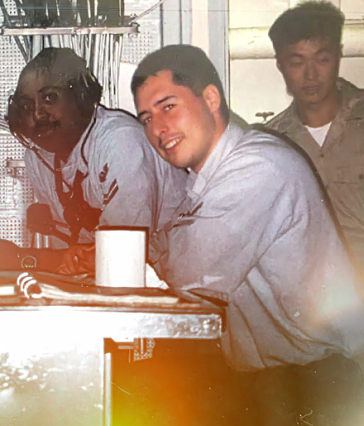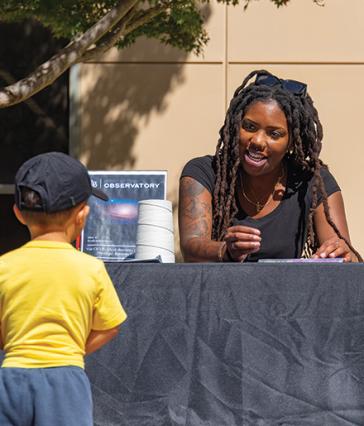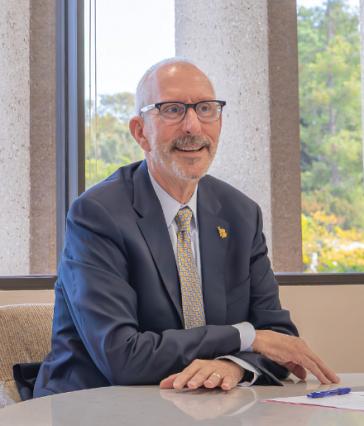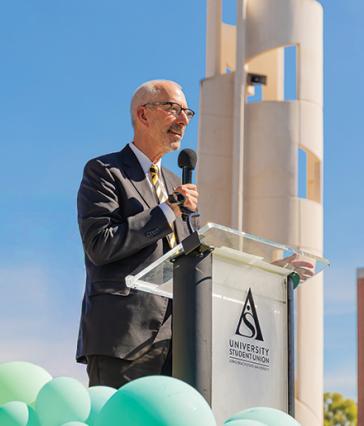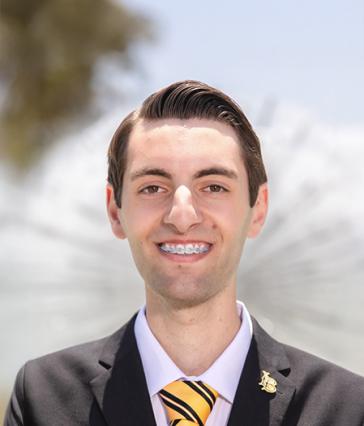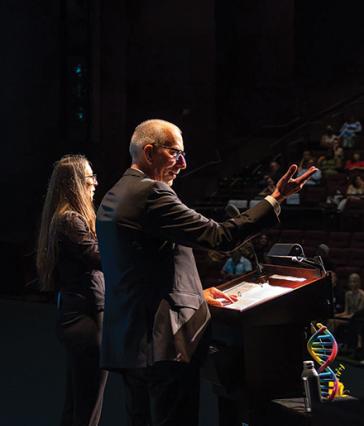New facility will build and strengthen a healthy community

A Cal State Long Beach student straps a cuff to a community member’s arm to take their blood pressure. In the next room, a nursing student administers a young man’s annual flu vaccination. Across the hall, an elderly woman gets her blood drawn for some lab work.
This will be reality in a new structure, a proposed 128,000 square-foot interdisciplinary building that will house the College of Health and Human Services (CHHS) education, health, wellness and human performance programs under one roof. The building is designed by function — not by department — in order to foster interdisciplinary collaborations to advance education, research and partnerships, said CHHS Dean Monica Lounsbery.
“It’s not bricks and mortar that make great education, it’s people,” she said. “What we need to do is create an environment where those people can thrive, and this building is it.”
The CHHS departments and schools are currently spread across 11 different buildings on campus, but the new building will replace the current Peterson Hall and two faculty office buildings and will bring a significant portion of the college together.
The new building will house a public clinic and joint simulation center, research labs and centers, the Performance Eats @ The Beach nutrition and events center, a student success center, learning labs, and CHHS faculty and staff space.
The health clinic and clinical care simulation center will give students the chance to learn real-life skills that will better prepare them for the workforce while providing vital clinical care to the Long Beach community. CHHS clinical programs will have access to exam rooms, interview rooms, a focus group lab, a physical activity lab, and an outreach space to perform clinical services. There will also be a home health lab and multi-bed skills lab in addition to the joint clinic.
The Center for Health Equity Research and the Center for Successful Aging will also be in the new building, so faculty and community partners can work together to improve health disparities, meet the needs of older adults and improve clinical service and prevention practices in surrounding communities.
“This new building is the result of the hard work of our faculty and staff, who shared a vision to bring many of our programs together in one space,” Lounsbery said.
“We believe this building will help us create a culture of collaboration in the College of Health and Human Services that will greatly benefit our students, faculty, staff, and community partners.”





